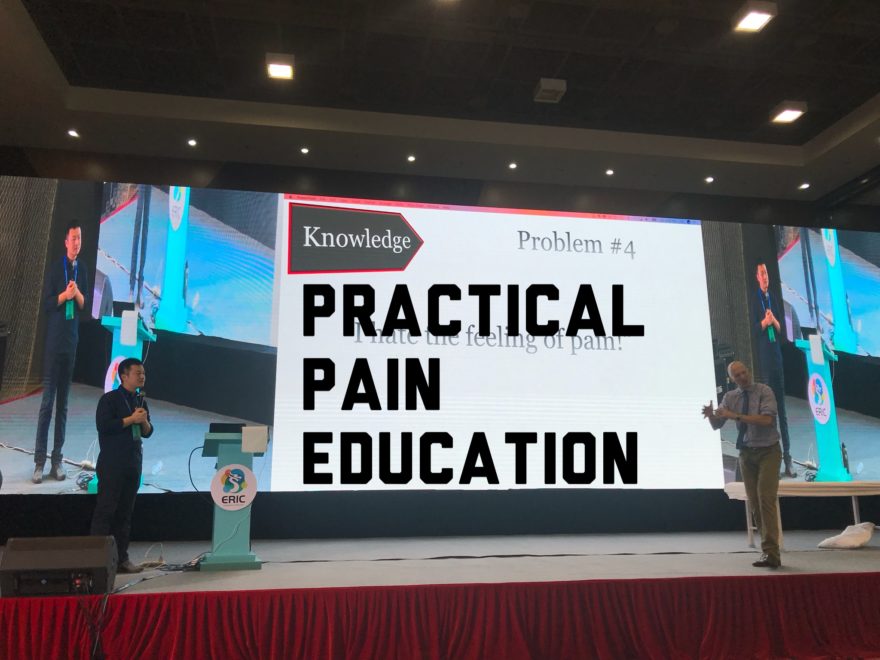This is a summary of section 6 of “Explain Pain” by David Butler and Lorimer Moseley. Management 101 The most important thing you can understand is that no one has the answer for all pains. Pain is entirely individualistic, hence requiring different answers. There are several strategies which one can undertake to triumph over pain. Tool 1: Education Knowing how pain works is one of the most important components to overcoming pain. Instead of no pain, no gain, the authors like to use “know pain, or no gain.” Understanding pain is essential for squashing fear of pain, which leads best toward the road to recovery. Here are some important concepts to be known about explaining pain. Anyone can understand pain physiology. Learning about pain physiology reduces pain’s threat value. Combining pain education with movement approaches will increase physical capacity, reduce pain, and improve quality of life. Tool 2: Hurt ≠ Harm It is important to understand that when someone feels pain it does not equate with damage. The same can be said with recurring pains. These pain types are often ways to prevent you from making the same mistake twice. If your brain sees similar cues that were present with a previous injury, the brain may make you experience pain as a way to check on you and make sure you are okay. Just because hurt does not mean harm does not mean you can get crazy though. Because the nervous system is trying to protect you, it will take
Read More